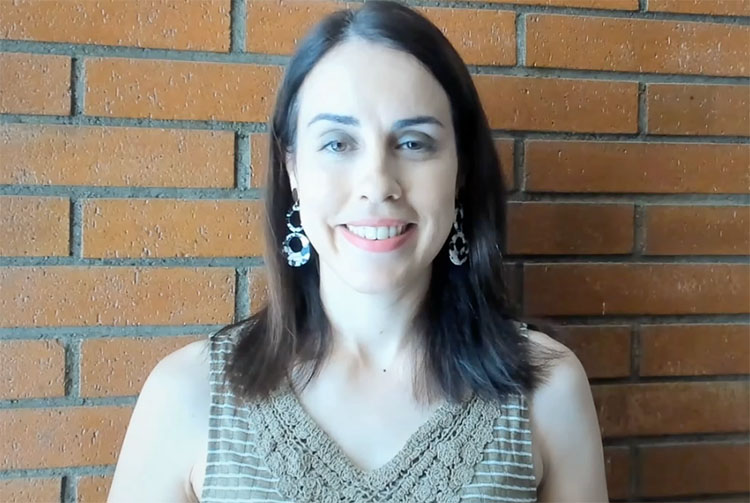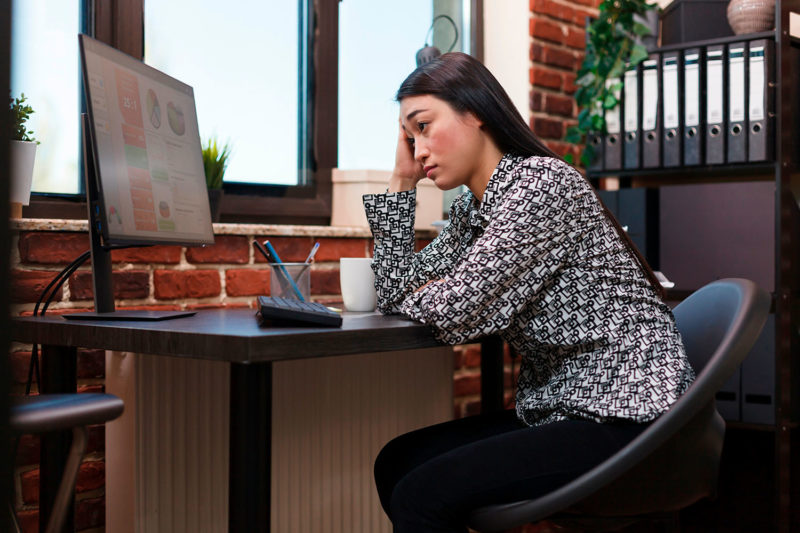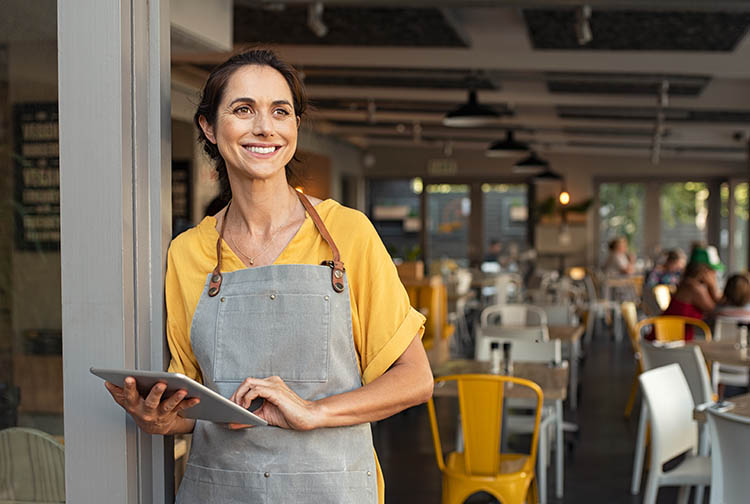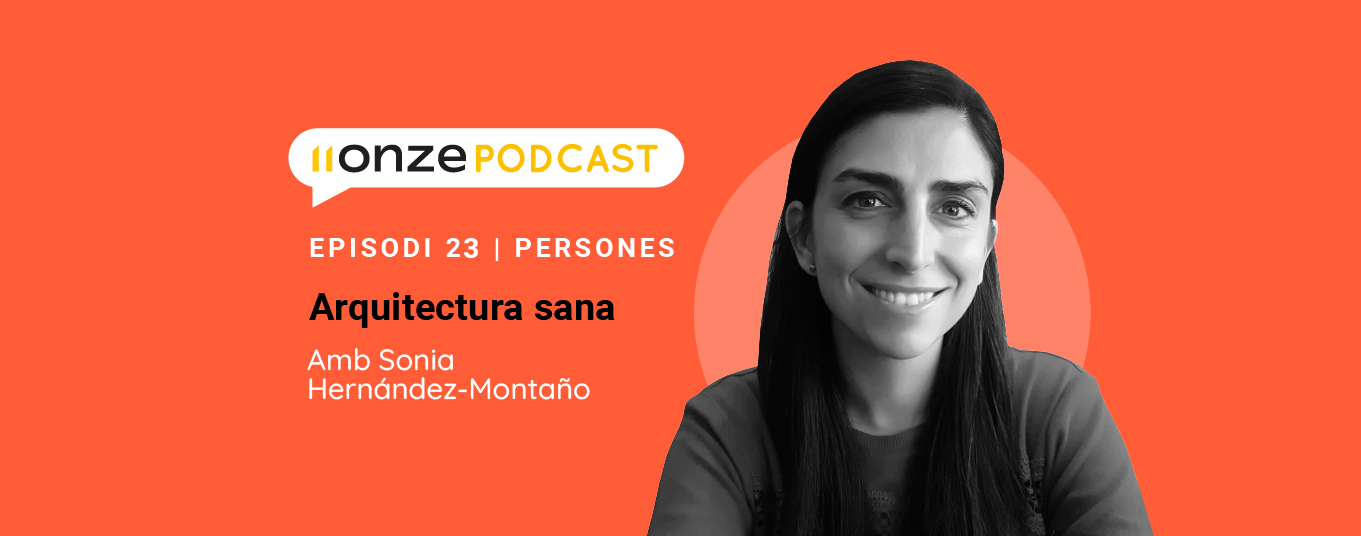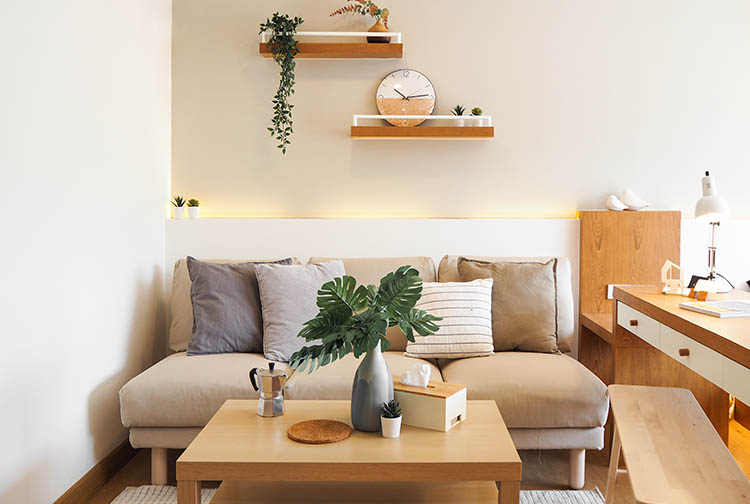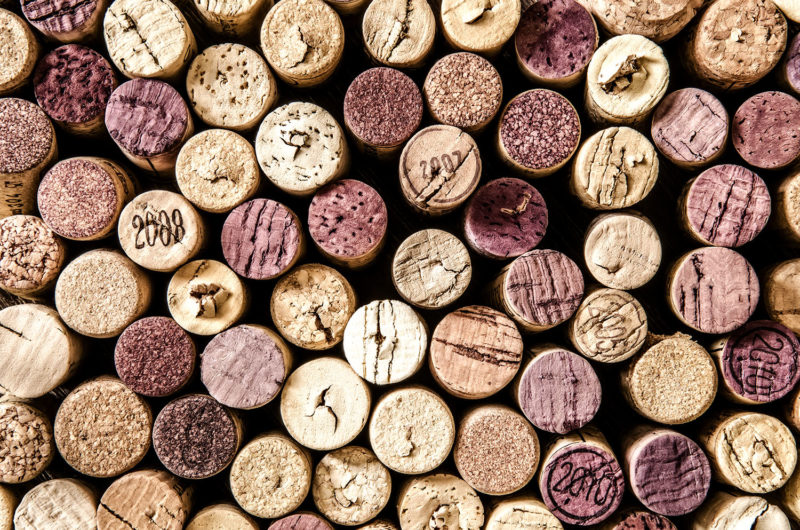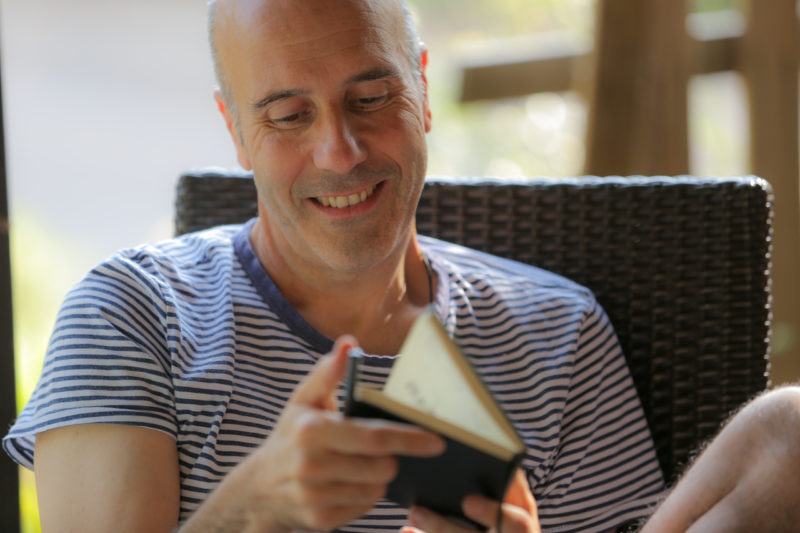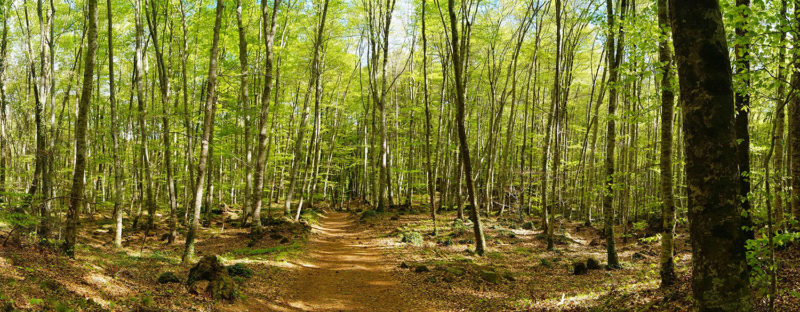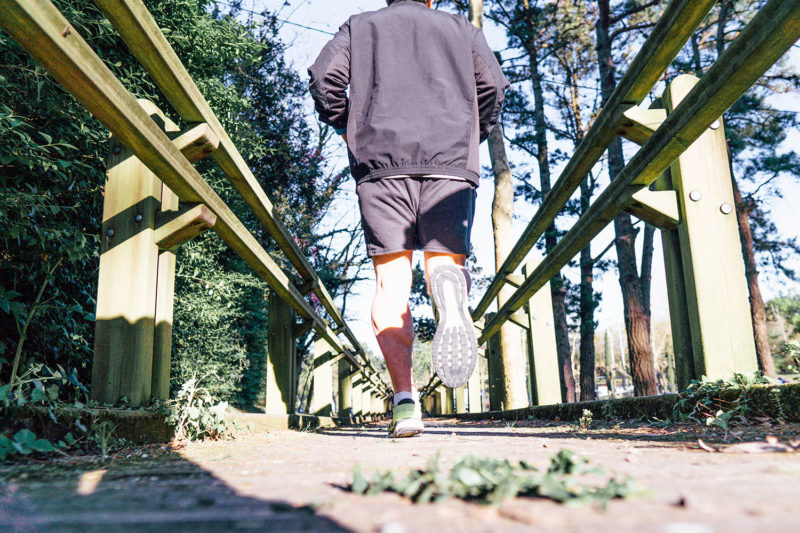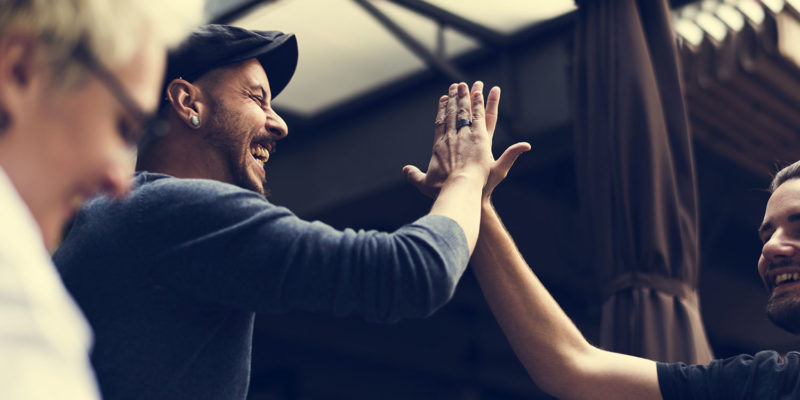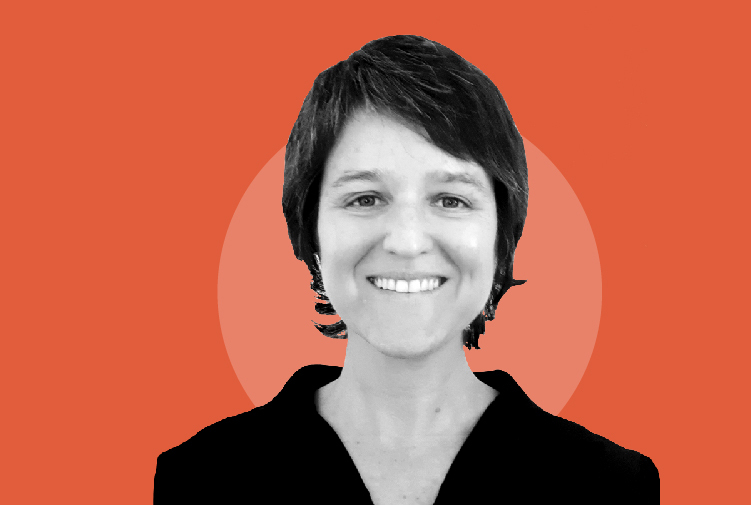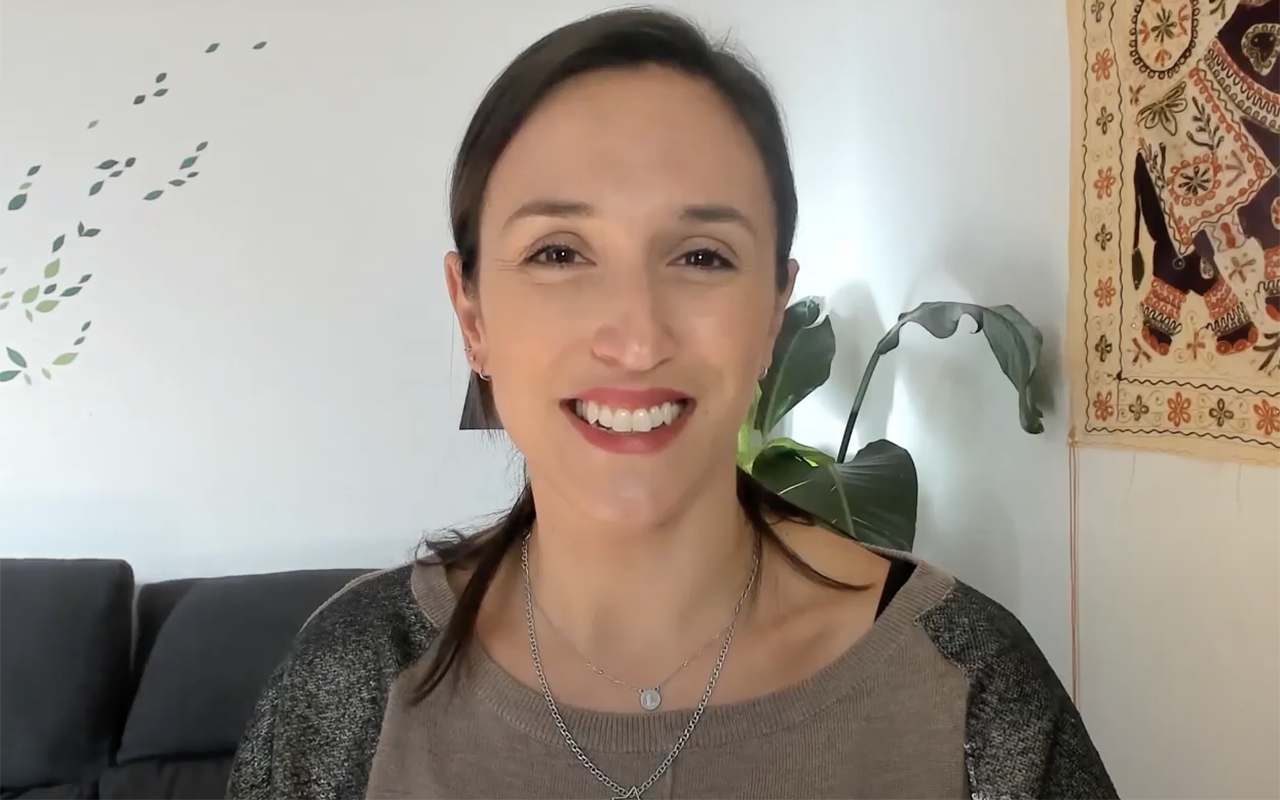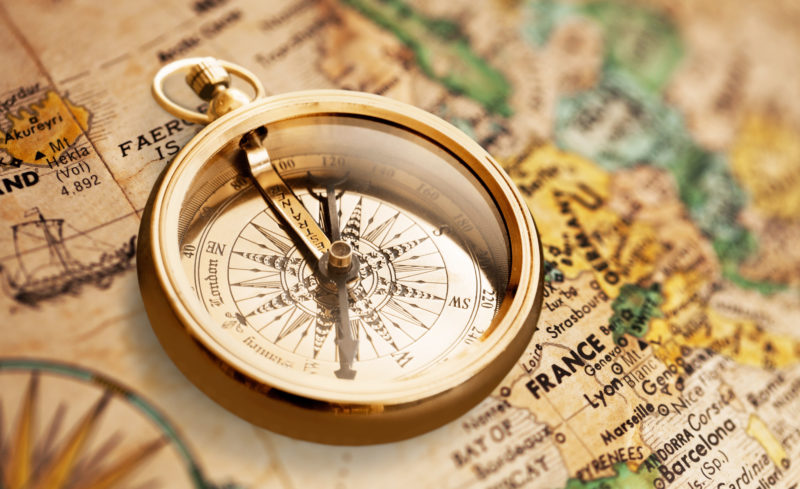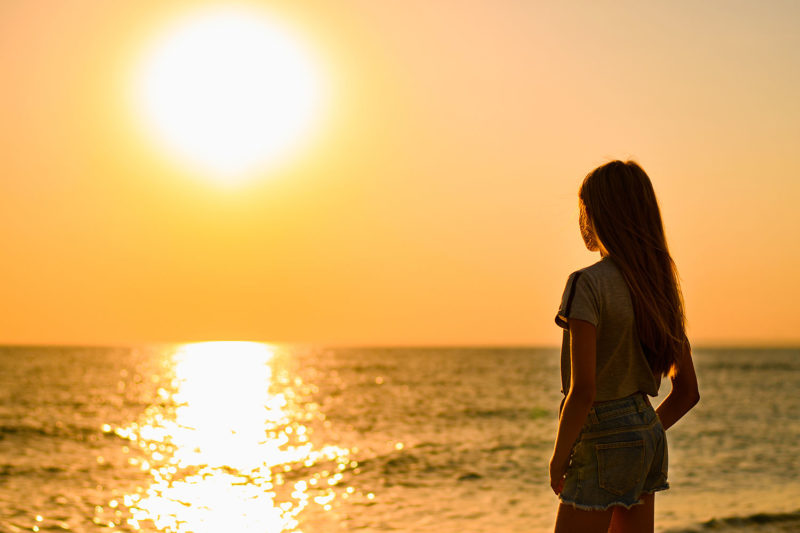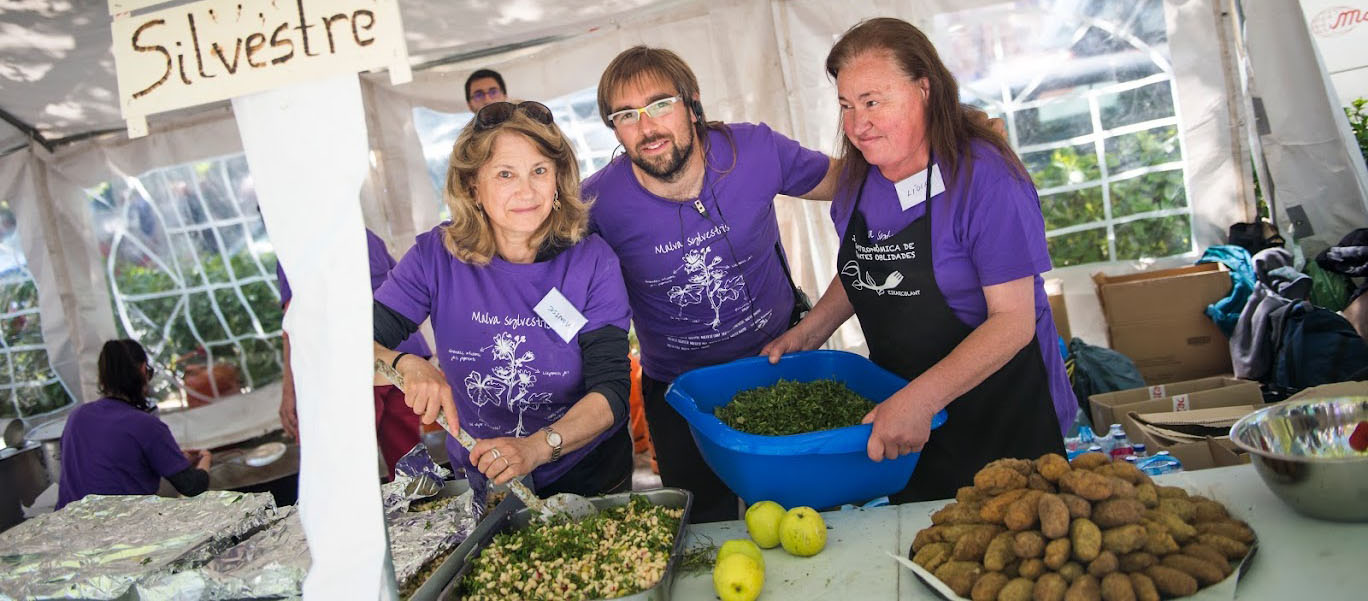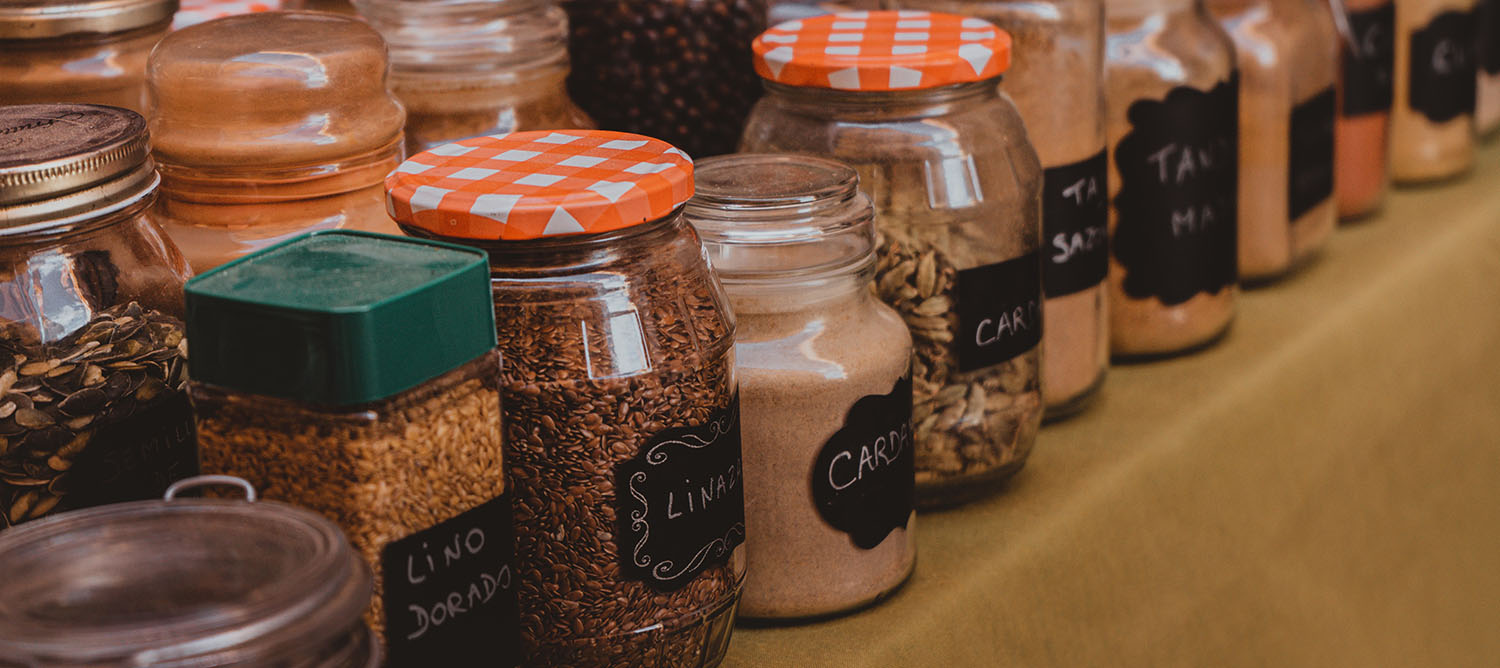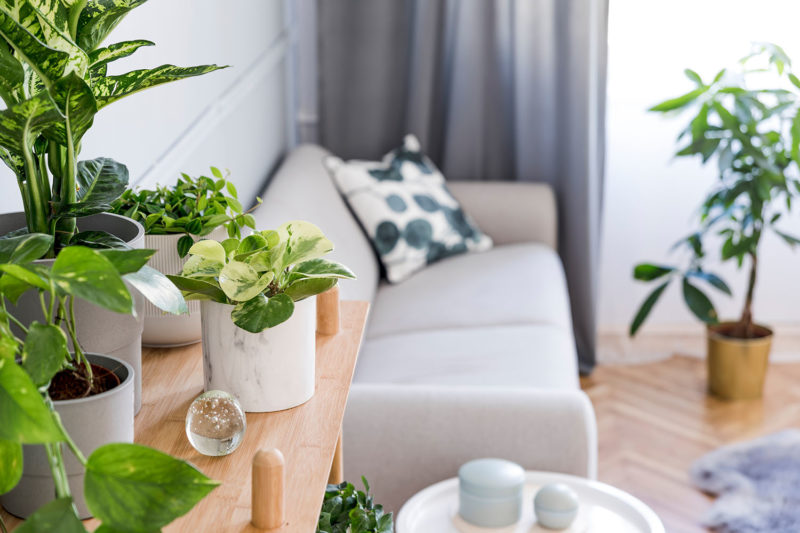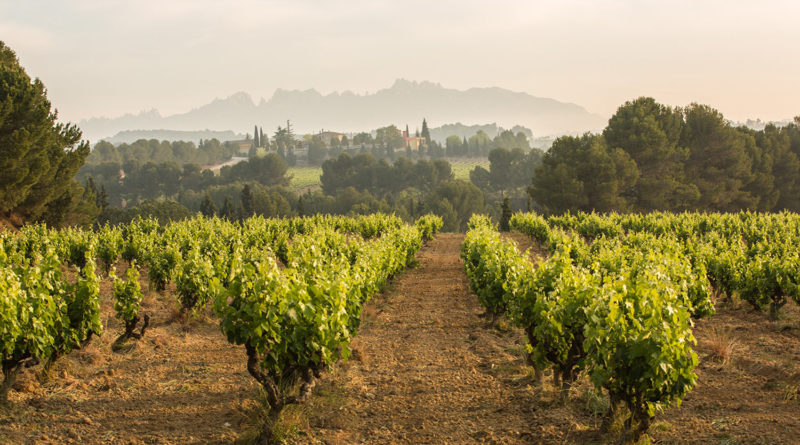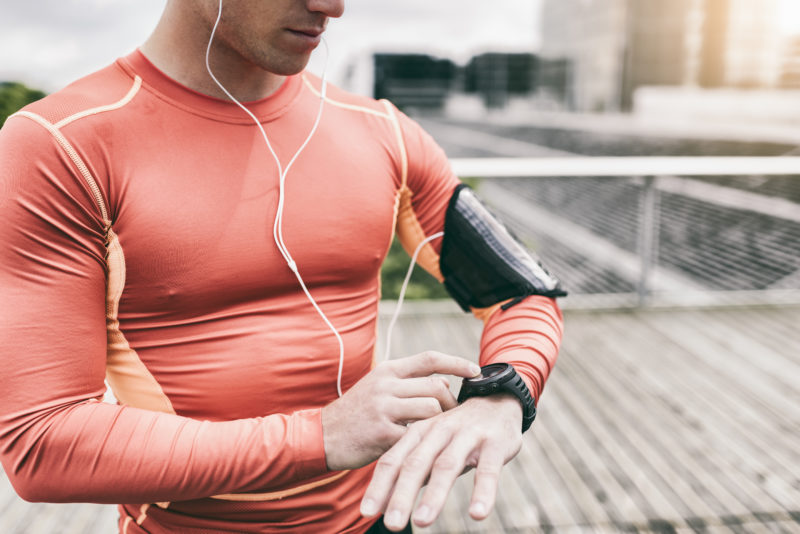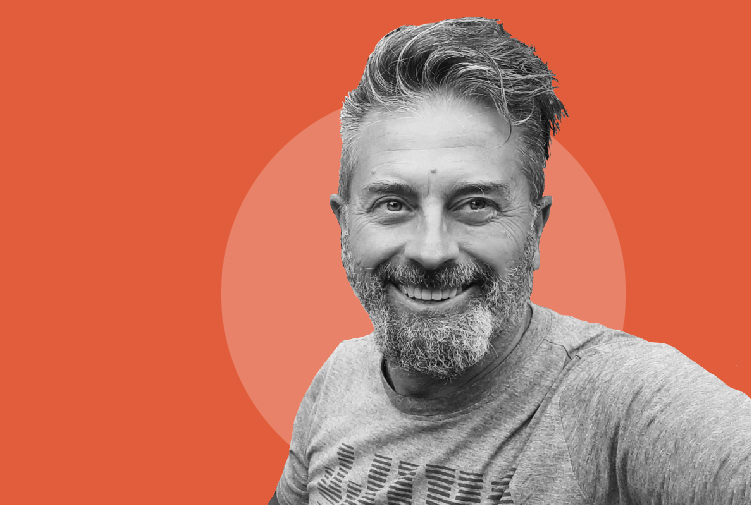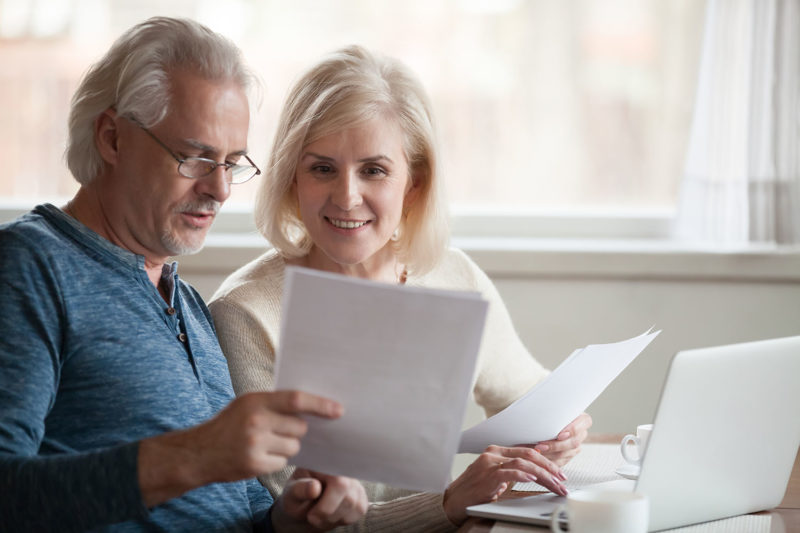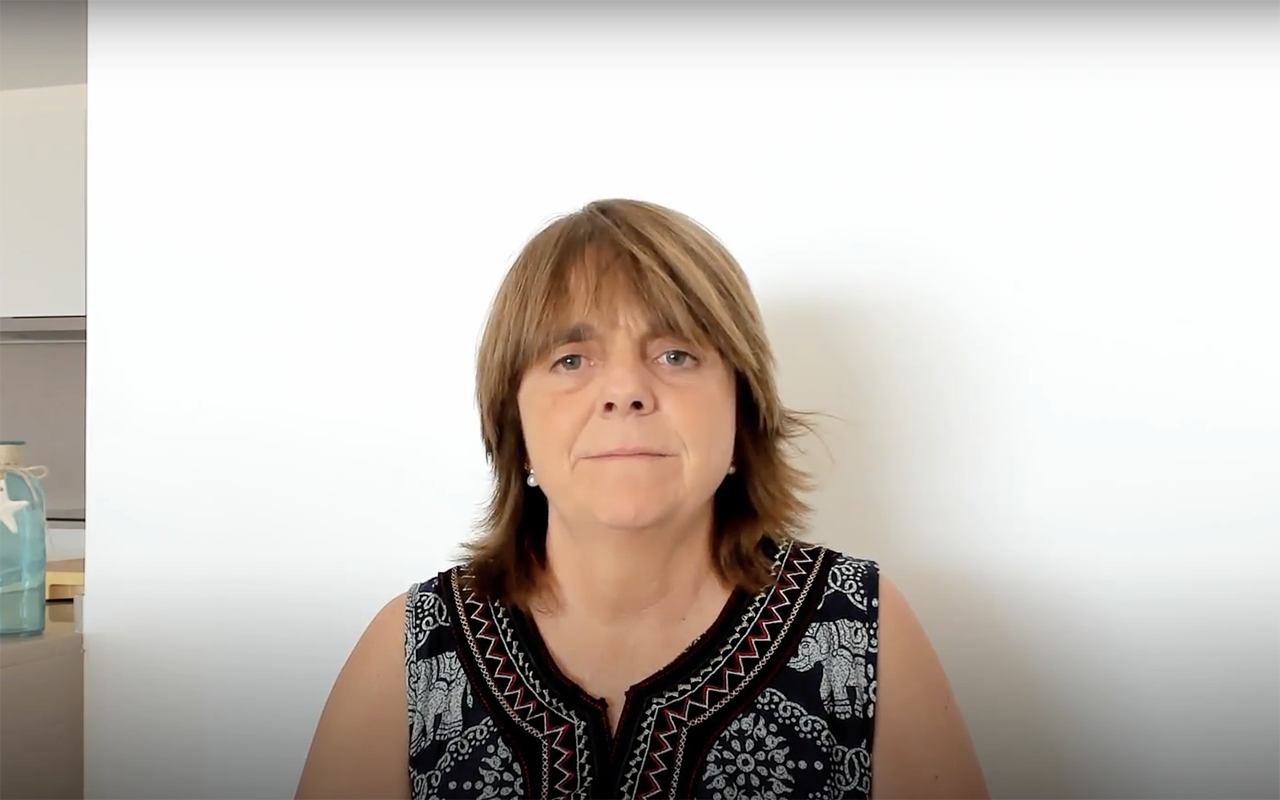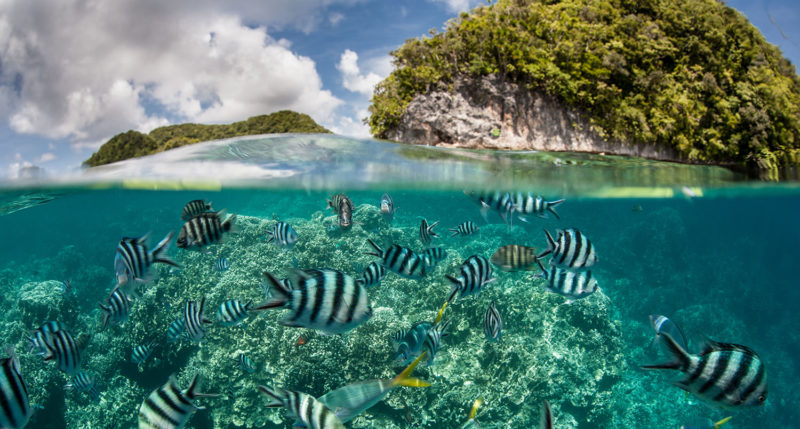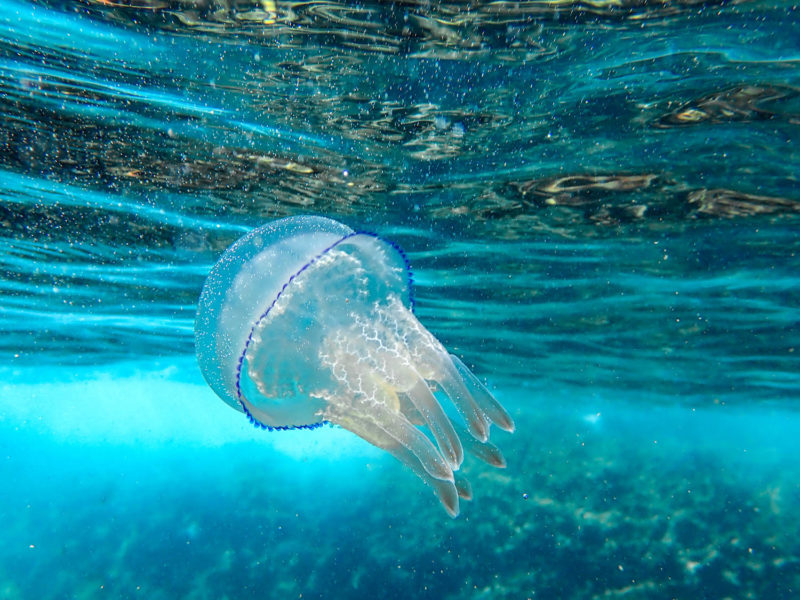How to avoid the post-holiday blues
Getting back into the normal rhythm of life after the holiday period can be complicated and cause intense discomfort. Miriam Frias, financial assistant at 11Onze, gives us some tips on how to face the return to normal working life more easily.
Demotivation, irritability, lack of concentration and general tiredness are some of the symptoms of the physical and emotional alterations that many people experience after the holiday period. The current economic situation, uncertainty and the lack of job satisfaction and motivation that many people suffer, only make it more difficult to make the transition to normality that requires psychological adaptation.
Although the post-holiday blues are not a pathology or an illness like depression, it is an adaptive disorder with symptoms similar to stress, which can negatively affect the quality of life and performance of those who suffer from it. Although it does not usually last more than two or three weeks, we can prevent its onset or alleviate its effects by applying specific techniques and behaviours.
Prevention is better than cure
The best thing we can do to combat post-vacation disorder is to prevent it from happening. Planning the transition back to normality, and avoiding returning from holiday on the very last day to go back to work the following day, will allow us to prepare ourselves physically and mentally for the change of activity. As Frias explains, “it would be a good idea to have at least two or three days to be able to get back to work calmly”.
Taking the return to routine calmly also means enjoying leisure time and doing activities that make us feel better. “Sport, dancing, or any activity you enjoy will make you feel better, as you will secrete endorphins, which will make you more optimistic,” says Frias. Regular hours of rest and thinking about new projects are some of the other tips Frias suggests in the video above.
11Onze is the community fintech of Catalonia. Open an account by downloading the super app El Canut for Android or iOS and join the revolution!
Bio-construction or sustainable architecture are hashtags that go along with conventional architecture to revolutionise it, from the foundations up, with a key premise: human beings must live inside houses. An idea as obvious as it is challenging. We spoke to the architect and expert in bio-construction, Sonia Hernández-Montaño.
Have you ever wondered what materials your home has been built with, what lighting prevails, or how the distribution of spaces is affecting your mood? Arquitectura sana is the name of the project, and also the philosophy, that Sonia’s team took to Catalonia in 2009 with the aim of making our homes more habitable from a human and well-being point of view.
Most of our time is spent in enclosed spaces, but we are generally unaware of the extent to which these spaces can have a direct impact on our physical and mental health. In a new episode of People, Hernández-Montaño highlights all the elements and practices we need to take into account to improve our lives.
The unseen well-being
Construction is constantly evolving, and in recent decades has incorporated technological elements and new materials. Hernández-Montaño points out, however, that “along the way we have forgotten that there are people inside buildings, that buildings not only have to consume less energy and minimise the resources used, but that we also have to sustain life inside”. He argues that we are all architects, and we can all use this health tool to support people’s well-being.
Among the most important aspects, we find some key actions to maintain the quality of life inside the spaces, starting with ventilation, a key point if it is carried out in the right way and that can even reduce pollution that may come from outside. The second key point is lighting, the “conductor of our biological clock” which has to change according to the time of day to follow our circadian rhythm.
It is also essential to take into account and reduce the presence of pollutants in the interior spaces, an objective that is reflected in the choice of materials, whether in construction, furniture, or cleaning products. Listen to the entire conversation to discover the rest of the tips that will make your home a healthy space.
If you want to discover how to drink the best water, save money and help the planet, go to 11Onze Essentials.
The relationship between what we eat and our health is more than established, but do we know how our diet affects the planet? Marifé Fariñas, Customer Care Lead at 11Onze, talks to us about how we are often unaware of the extent to which our diet affects the natural environment.
The social consensus towards respect for the environment and the use we make of natural resources has encouraged local shopping and neighbourhood commerce. Raising awareness of the importance of our eating habits in many social spheres and in nature also has an indirect impact on our health.
As Fariñas explains, “Eating local produce will help to maintain crops and prevent them from disappearing. As consumers, we need to be aware of the importance of food sustainability, and of the small gestures we can make in our daily lives.
Excessive consumption of meat and animal products, hitherto a feature of the diet of Western countries, is set to double as a large part of the population of countries such as China and India enter the meat market. Economic development leads to the increased purchasing power of the population, which often translates into a diet richer in animal products.
“The exponential growth of the world’s population, and changes in our dietary patterns, are increasing the greenhouse effect and the deforestation of Earth. He adds, “Increased CO₂ in the air affects the quality of crops. Mineral and protein concentrations are lower, and food is more vulnerable to extreme weather conditions.”
The current model is not sustainable, and the impact of individual decisions to change our eating habits goes far beyond our health. To find out more, watch the video below.
If you liked this article, we recommend you read:
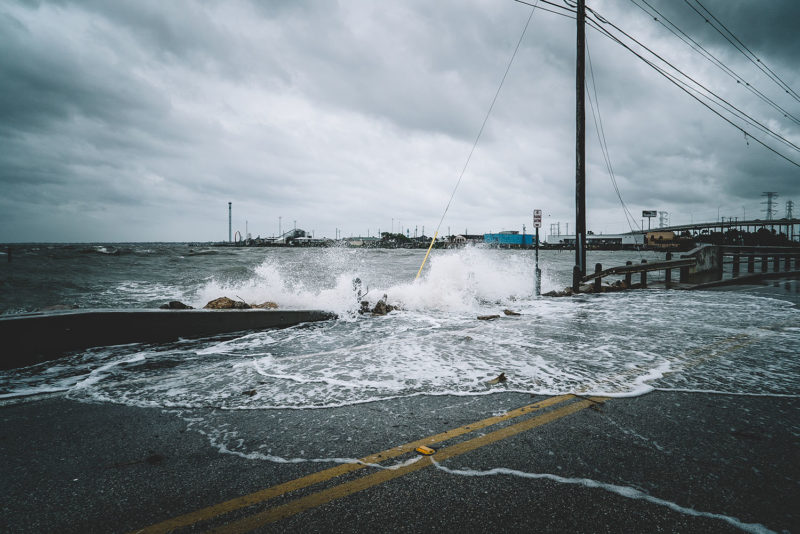 Sustainability
SustainabilityDo we need disasters to change?
4 min readIn the face of natural (or pandemic) disasters, society is
Chocolates, crisps, sugary soft drinks… The gastronomic range offered for years by vending machines has satisfied all our vices, but it has not exactly been an example of a healthy diet. However, since we have become aware of the importance of a more sustainable lifestyle, vending has begun to change its habits.
Whether for reasons of ecology or health, the truth is that the consumption of healthy products is becoming more and more popular. In Catalonia, 60% of the population has consumed certified organic food at some time, 47% do so at least once a month and 33% do so on a weekly basis, according to the Barometer of Perception and Consumption of Organic Food 2020, which is produced every year by the Generalitat (Autonomous Government of Catalonia). Moreover, these figures have not stopped increasing.
In fact, Spain is the largest producer of organic food in Europe and Catalonia is the third region, only behind Andalusia and Castilla la Mancha, in terms of organic surface area. And this, it is clear, translates into more organic supermarkets, more local shops and a growing interest in healthy vending in schools, public spaces, health centres and companies.
Since 2018, Catalonia has had a quality seal, promoted by the Agència Catalana del Consum and the Associació Catalana de Vending, which is awarded to operators that comply with the code of conduct for vending companies. The agreement was signed by more than 70 professionals from the sector, who undertook to improve the information and services they provide to consumers, such as detailing which products contain allergens.
The food that takes care of us
The regulations governing what vending machines have to contain are clear. Law 1/2010, on the regulation of retail trade, details it in articles 49 to 52. When vending machines offer food, they must also be registered in the General Sanitary Register of Food and Food Businesses. In addition, all vending companies have to operate under the European Directive 2006/123/EC and food companies have to comply with Regulation 852/2004 of the European Parliament and the Council.
Thus, it is recommended that vending machines prioritise drinks without sugars and additives, such as water, milk, 100% natural juices, coffee, tea and infusions. In terms of food, vending machines should contain fresh fruit, dried fruit that is neither salted nor fried, rice or corn cakes, sticks, packaged salads and sandwiches, preferably wholemeal bread.
However, beyond these recommendations, there are some companies that have gone a step further and are committed to even more responsible food vending. This is how the NGO Copade, which is dedicated to fair trade, joined forces with Easy Vending to offer fair trade and ecological vending machines. They are pioneers in Spain and the only difference with conventional machines is on the inside.
Also a pioneer in 100% ecological and healthy vending is Verd Vending company, which works in health centres such as the Hospital Sant Joan de Déu or in universities such as Esade. They work with Veritas products and ensure that all the food they offer has not been genetically modified, does not contain pesticides or fertilisers, does not contain added sugars or palm oil and is certified as organic food by the European Union.
In the end, the concern about food leads to other debates. Vending companies are also concerned, for example, about the environmental impact of vending machines. Therefore, they try to minimise gas emissions, as shown by the debates organised by the Associació Catalana de Vending. Because the ecological perspective is always an integral perspective that affects life as a whole. We are sure that, from now on, you will pay much more attention to the food contained in vending machines.
11Onze is the fintech community of Catalonia. Open an account by downloading the super app El Canut on Android and Apple and join the revolution!
Just as we go to a psychologist when we don’t know how to explain what is wrong with us, we can ask a financial therapist for advice on what to do with our money. Financial therapy is a growing speciality and, given the crisis that is coming in 2022, it may be a good idea to relate to money in a healthier way. Lara de Castro, head of agents at 11Onze, explains it to us.
It wasn’t until 2010 that the Financial Therapy Association was created, which aims to establish industry-regulated standards for financial therapy and has more than 200 members around the world. Specifically, financial therapy focuses on helping people with how they feel, how they think and how they interact with money. This service must always be provided by an expert in mental and financial health.
But how do we know if we need the help of a financial therapist? “If we believe we need a re-education in our relationship with money, we will need a financial therapist,” De Castro explains. If we feel this is because we have sometimes established an unhealthy relationship with money, for example, when impulse purchases start to become compulsive. Financial planning and emotional support will be the tandem that will allow us to leave anguish and stress behind. To learn more about financial therapy, watch the video below.
Phytotherapy is the use of plants or plant substances to prevent or cure illnesses. It is an age-old practice that has been superseded by medicine since the 19th century, but is still alive and well in the collective imagination throughout the world.
The concept of phytotherapy comes from Greek and literally means “phytos” (plant) and “therapeia” (therapy). It is the use of plant products to combat aches, pains, symptoms or to help cure a disease. It is not considered a substitute for traditional medicine, which is highly oriented towards the pharmaceutical industry, but it is its basis. Although nowadays the use of plants has been restricted to curing minor aches and pains, preventing illnesses or improving our state of health, Catalonia has a long history in the use of medicinal plants that is still present in many homes.
We spoke to Marc Talavera, doctor in biology and president of Eixarcolant, to find out what to bear in mind when using medicinal plants. Eixarcolant is made up of a group of people including volunteers, members, board members and sympathisers who, from all over the territory, work for an agri-food model aimed at achieving socio-economic development with a positive impact. All of this is based on coherence, cohesion and placing nature and all that it has to offer at the centre of the project.
Can they really cure?
Marc’s answer is clear: “Obviously, plants can cure us, but we have to be aware and take into account whether it is enough to take an infusion, use wet cloths, make an ointment or vapours for our pain or illness, or whether we have to go to our family doctor to get a prescription for the drug he or she considers appropriate”.
Pharmaceuticals must be perfectly complementary to natural products, and Talavera warns us that, although we are talking about plants, we are still talking about chemistry, since “what can cure us in a plant are its active ingredients, which are chemical molecules”. The active ingredient, therefore, will act to restore our well-being and improve our state of health regardless of whether it comes from a tablet or directly from the plant.
However, knowledge is key, and in the same way that we are aware that we cannot self-medicate, because we could put our health at risk, we must also be cautious with plants. Marc gives the example of cardiovascular diseases, in which “components extracted directly from plants are used, but in a very regulated and precise way”. This is why, he concludes, we often cannot administer the plant directly, but have to administer it via pharmaceuticals.
The pharmaceutical industry, guided by nature
Currently, many drugs are manufactured from plant products, as Talavera points out: “The vast majority, more than 80%, of the active ingredients that currently make up conventional drugs have been synthesised and obtained from plants. Without plants we would not have the vast majority of drugs for everyday illnesses or heart diseases, chemotherapy…”. Traditional medicine and alternative therapies clash in many aspects, such as methodology, products and treatments. But despite the significant differences, the essence is the same: to heal. And in this sense, nature has always led the way.
Scientific advances and the popularisation of pharmaceuticals, especially around the 19th century, pushed natural remedies into the background. And although they are still the basis for many medicines, the growing market demand, which wants to reach the entire population, makes it impossible to produce them from 100% natural products. Instead of harvesting a plant to extract its properties, it is manufactured industrially.
As Talavera explained to us, active ingredients are chemical molecules, and therefore, the only thing industry has done is to identify these molecules and synthesise them artificially. Nature is used as a mirror, but it is industry that sets the pace and standards of production. Talavera concludes that “when we criticise the pharmaceutical industry, what should be criticised is not medicine, but the ethics behind large pharmaceutical corporations.”
The ‘trementinaires’, the tradition in Catalonia
Taking into account the benefits that plants can bring to our health, in Catalonia and also in many other parts of the world, there is a growing interest in recovering medicinal plants and incorporating them back into our daily lives, always with knowledge. Individuals, organisations and associations are working to preserve and disseminate this knowledge that has been passed down from generation to generation through word of mouth.
This is the case of the Eixarcolant or the Àvies remeieres, a group of women who meet every month to hold workshops and conferences to recover and disseminate this popular knowledge. To prevent this knowledge from being lost and to ensure that it reaches new generations, they have already published a couple of books.
Over the years, the emergence of trades such as ‘trementinaires’ has been key to keeping the dissemination of this knowledge alive. They were women, mainly from the Vansa and Tuixent valleys, who travelled on foot all over Catalonia selling herbs and oils made in a natural and artisanal way. Although the trade as such has been lost in recent decades, the tradition of using plants to cure, whether for private or professional use, continues in Catalonia. Once again, it should be stressed that knowledge is key, from harvesting to the quantities used, because depending on the season, the area and even the day and time a plant is harvested, its properties can vary.
The most common medicinal plants
There are many species in our environment that can have healing properties, but these are the most common healing plants for home use: thyme, for its antiseptic properties; elderflower for respiratory system ailments; hypericum, which can be macerated in oil as an external anti-inflammatory; arnica, which is also used as an anti-inflammatory; mallow root for colds; Plantago, which can be used for rinses to heal mouth wounds; and mint and lemon verbena as digestive plants.
As Talaver points out, “there are many species, and you have to know them, know their uses and administer them in a coherent way, always bearing in mind what other drugs or plants they may interact with.”
11Onze is becoming a phenomenon as the first Fintech community in Catalonia. Now, it releases the first version of El Canut, the super app of 11Onze, for Android and Apple. El Canut, the first universal account can be opened in Catalan territory.
Who said that getting older means giving up living life to the full? There are more and more initiatives to combat the loneliness of the elderly, yes, but also to enjoy an active life, help the community with wisdom and keep the mind awake.
Europe’s population is living longer and longer. Ageing is a healthy, natural and progressive process. This is why the well-being of older people has become a priority. The term that best defines the vitality expected in the last stage of life is active old age. And living actively means maintaining emotional balance, valuing one’s own convictions, listening to and learning from others and, above all, sharing. Because a socially active life is one of the best ways to improve our mood.
To enjoy this active old age, therefore, we must choose the paths that best suit our interests. Therefore, as the Diputació de Barcelona reminds us in its health guide for the elderly, if you are a good sportsperson, walk; if you are a good cook, cook; if you are a caring person, get involved in volunteering. Think about what your abilities are, and enhance them. At 11Onze we give you eight ideas.
- To share, to love. The organisation Amigos de los Mayores (Friends of the Elderly) has been working for many years to leave behind the unwanted loneliness of our elderly. As they point out on their website, according to IDESCAT data, 780,500 people live alone in Catalonia, 42.5% of whom are over 65 years old. Loneliness affects more than 175,000 elderly people, and has reached historic figures in Barcelona, where a quarter of this population lives alone. For this reason, the organisation has a very powerful volunteer programme. You can accompany someone emotionally for a few hours a week, accompany them by telephone, take part in festive activities and help with the organisation’s work.
- Be a radar. Precisely to combat this unwanted loneliness, Barcelona City Council has promoted the Radars project, which is more than volunteering and involves the entire neighbourhood community. It is a community initiative that brings together neighbours, shops, volunteers and organisations. The aim is to make older people feel safer in their community. All you need to do to participate is to be attentive, sensitive and respectful. If you detect any change in the elderly people living around you, you can contact the project and, if you feel motivated, you can collaborate in the debate tables, in the accompaniments and welcomes or in the telephone follow-up platform.
- Grow in community. One of the activities that is weaving many community links in the cities are the urban vegetable gardens. Almost every town and city in Catalonia has organised one of these gardens. Urban gardens have a recreational purpose, but at the same time they allow people to recover their links with the countryside, in a context in which local products are increasingly valued by the community. While traditional vegetable gardens disappeared with the urban growth of cities, they are now being revived and new ones are being created. Urban gardens are spaces for neighbourhood coexistence and are a form of environmental and nutritional education.
- Keep learning. There are more and more people who, when they reach retirement age, find the time to study that university degree they have always been passionate about, after years of work and effort. All Catalan universities have university extension courses for older people. There is no shortage of programmes. The aim of these studies, which are regulated by law, is to welcome people over the age of 50 who are interested in obtaining new knowledge and who feel the need to continue contributing their bit to society.
- Looking for company. To feel more active, it is also good to be accompanied by younger people. For this reason, many older people decide to take in university students, who at the same time help them in their day-to-day life. There are many organisations, such as the Fundació Roure, that work to find the perfect match, like someone looking for a dance partner. In addition, the Generalitat has also successfully promoted a mentoring programme to help newcomers integrate into their new host society. The mentors accompany migrants, often in asylum or refugee situations, to make arrangements, find decent housing and share leisure activities.
- Be a support for the younger ones. Likewise, there are many nurseries and residential centres for the elderly that are beginning to weave links between the older generations and the youngest members of the house. The Vendrell Town Council, for example, organises intergenerational activities through the Patronat Municipal Hospital Asil Sant Salvador. Experts believe that these activities help to improve their health and reinforce their self-esteem. Cognitive and mood improvements are also observed.
- Take care of yourself. If you don’t get enough stimulation from the company of neighbours, young people or children, you can always let yourself be looked after by a pet. Many organisations that accompany older people have incorporated programmes with dogs or horses, because it has been proven that animal-assisted interventions bring physical, social, emotional and cognitive improvements to older people.
- Get involved in social movements. And if you feel active and pretty pissed off with the context in which we live, you can also take action and get involved in social movements. There are the neighbourhood associations, the Marea Pensionista, the Marea Blanca, the Alianza contra la Pobreza Energética, the Plataforma de Afectados por la Hipoteca, the Sindicat de Llogateres, the Plataforma per la Llengua, Òmnium, the Consorci per a la Normalització Lingüística and many other entities that need your support to assert their shared struggles.
11Onze is becoming a phenomenon as the first Fintech community in Catalonia. Now, it releases the first version of El Canut, the super app of 11Onze, for Android and Apple. El Canut, the first universal account can be opened in Catalan territory.
There are many therapies with animals. People with Alzheimer’s are being treated with dogs, even inside nursing homes. Dogs are also used in paediatrics, geriatrics, and physiotherapy. People with mental disorders do therapeutic work with horses (equine therapy), cows, sheep, and even chickens. The case of dolphin therapy is perhaps the most fascinating, because it involves the most intelligent mammal and an aquatic environment, unsuitable for humans.
The beneficial effects of contact with animals have been abundantly studied and contrasted:
- Physiologically, petting an animal lowers blood pressure much more than reading aloud or resting.
- The presence of pets near elderly patients or patients having had surgery for coronary heart disease has increased the life expectancy of these patients by 3%.
- Many occupational therapists (therapists who specialize in the treatment of mental illness through physical activity) use animals — especially horses — in functional rehabilitation, where exercises are often difficult for patients to accept.
Animal therapy (zootherapy)
Zootherapy is a therapeutic method based on the patient’s interaction with animals and intended for the treatment of certain physical or mental conditions. There are two different approaches:
- Animal-facilitated therapy (AFT). It consists of using the privileged relationships that certain people (children, adults, the elderly, the disabled, etc.) maintain with animals in order to help the therapeutic (psychological, physical, or social) process. Think, for example, of a person’s relationship with their pet.
- Animal-assisted therapies (AAT). They use animals to improve the quality of human life, for example, to break social isolation, to give people back a sense of “power over their own lives,” to create spaces for debate that strengthen communication, etc.). The presence of the animal will improve the sense of self-esteem, motivation, and participation in educational and recreational activities.
However, this should be considered as an alternative therapy to traditional therapies which can help, complement, or improve their progress and results, but which does not replace them in any way.
The dolphin myth
Since ancient times, dolphins have fascinated humans. And while we haven’t always treated them in every culture as a living being deserves, their intelligence, beauty, speed, and acrobatics have always left us speechless.
The myth of Poseidon, the god of the oceans, is known in Western culture, whom a dolphin helped conquer the heart of the nymph Amphitrite. Poseidon, grateful for the valuable service done by the dolphin, created the constellation of the Dolphin, composed of eighteen stars and visible in the Southern Hemisphere, in its honour.
We can also find legends and beliefs in Australian Aborigines, who believe that humans are descended from dolphins, or in the culture of the Maori of New Zealand, who believe that dolphins are reincarnations of deceased humans.
Dolphins also have a reputation for saving people from drowning. There are legends and testimonies from the classical period (Plutarch and Pliny the Elder tell stories about it) to the present day. There are a lot of current and well documented cases of this type of rescue.
However, cases of spontaneous collaboration between humans and dolphins are less well-known.
On the coast of Mauritania, fishermen and dolphins cooperate to make fishing more efficient. Dolphins chase the fish toward the nets, and thus, trapped between two predators, they are more easily caught; a benefit for both dolphins and fishermen.
Dolphin therapy
Dolphin therapy is a therapeutic method based on the patient’s interaction with dolphins, intended for the treatment of certain diseases and disorders.
The term includes therapy programs where captive dolphins are mostly used, although there are also programs that are developed with wild dolphins.
The therapy used by dolphins in captivity corresponds to the AFT (animal-facilitation therapy) approach and is the most widely used, while the use of the wild dolphin is closer to the AAT (animal-assisted therapy) approach.
In addition to their cheerful, calm, and compassionate nature, therapists also value the beneficial effects that ultrasound emitted by dolphins have, thanks to the influence they have on our emotions, comparable to that of music therapy. Dolphins therefore seem to have the “extraordinary” power to trigger the healing process in humans.
The doctor Horace Dobbs, a British researcher, in the mid-seventies of the twentieth century, saw how a lifeboat mechanic, affected by a deep depression, after swimming for a while with a friendly wild dolphin, experienced a miraculous cure. From this fact and others like it, he and other researchers have been progressively contributing to dolphin therapy with their work.
It is used in numerous diseases: mental retardation, autism, Rett syndrome, depression, anorexia, emotional and self-esteem disorders, concentration disorders, cognitive problems, phobias, post-traumatic stress, Down syndrome (trisomy), dyslexia, ADHD, cancer, cystic fibrosis, blindness, deafness, physical disabilities, spinal cord and brain damage (cerebral palsy), and so on.
A dolphin therapy session can last between 15 and 40 minutes, depending on the centre and the type of therapy. There are a dozen large centres in North America, South America, and Europe.
Does it benefit or harm dolphins?
Like everything in science, there is controversy here as well. Beyond the results — which some scientists also criticize — captive dolphins are used in most cases. This fact causes what we call indirect impact, which is what wild animals suffer from the condition of captivity.
In the case of dolphins, in addition to the impact of the capture and transport of the animal, it has effects on alteration of its social structure. In addition, dietary changes and stress alter their reproductive conditions and make them vulnerable to diseases exclusive to captivity. These and other consequences of captivity are well studied and legislation, especially in Europe and the US, is increasingly evolving towards greater protection of dolphin welfare.
About the direct impact of the dolphin’s job as a “therapist”, unfortunately, not enough information is available yet to assess the impact it may have on its well-being. We will have to wait and see.
Do you want to be the first to receive the latest news about 11Onze? Click here to subscribe to our Telegram channel
